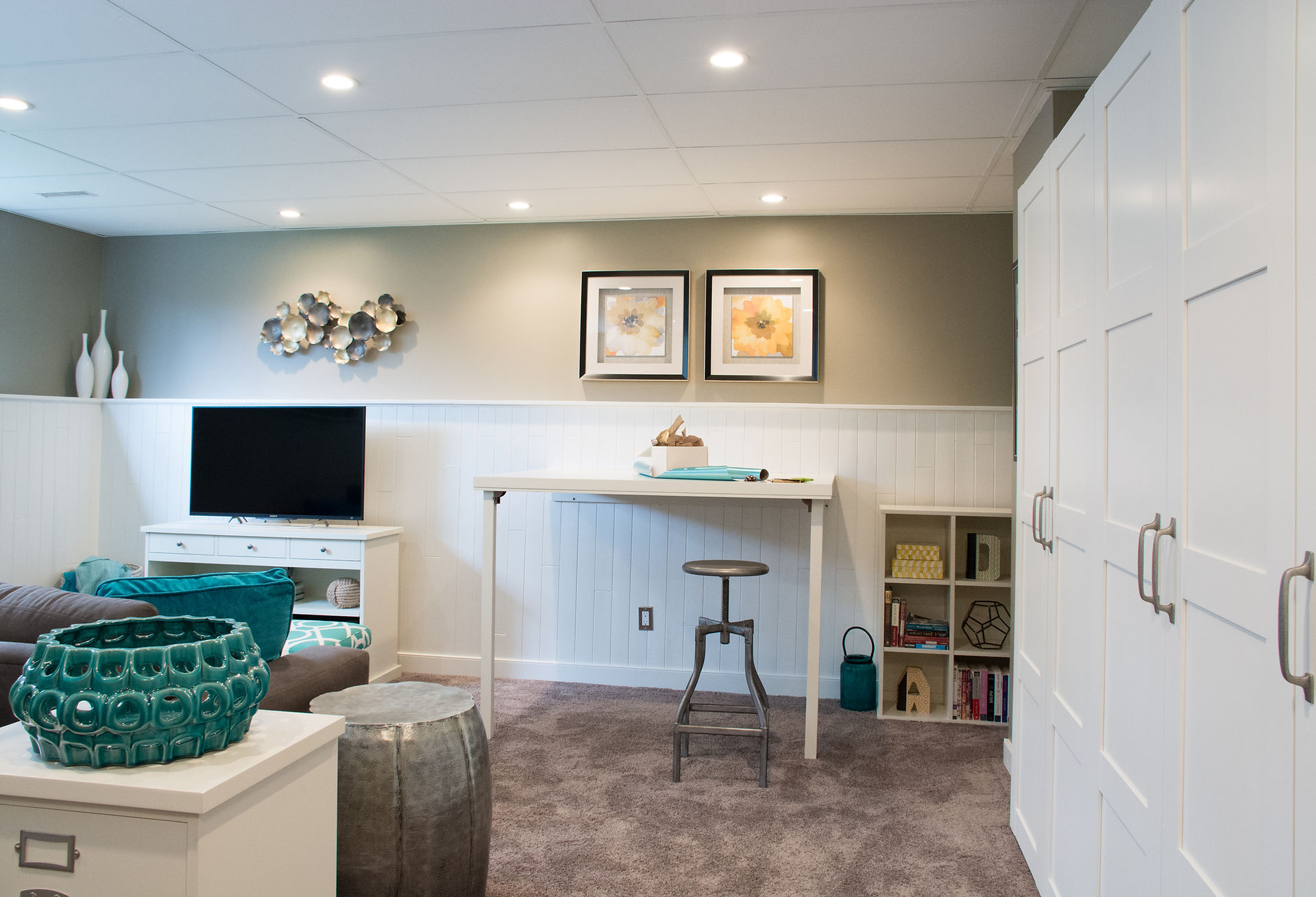Fact or Fiction: A sustainable design is going to cost me more
- Melinda

- Sep 28, 2020
- 3 min read
Updated: Jan 30, 2023
Answer: It can be either.
There is a very common viewpoint that any construction and design is going to cost more if it is environmentally friendly. Sometimes this is true and sometimes it isn’t the case. It can be a bit of a complicated issue to go through, so I will try to keep it simple here, although please keep in mind there are a lot more to the points I give.
In residential design, you can go all out and build a net-zero or a net-positive home with only a slight increase in the overall price. Generally Passive House homes start at 5% higher than your average home, which can quickly be recovered by not having any heating costs and the longevity of the materials and construction methods. You can also build a similar house and go all out with the latest and greatest materials, costing you way more and the payback takes longer. Both sustainable and would give you a very comfortable, high-performance house, but with quite the varied price tag. Our choices are the main factor there.

Typically, most of us only look at the immediate price of a material or finish, not considering the long-term life of the product. If you have hardwood installed in your home, especially one that you can refinish, that will give you an excellent life cycle and be cheaper in the long term than a cheaper flooring, like Luxury Vinyl Tile/Plank (LVT/LVP), that can’t be refinished in 10 to 15 years but will need to be ripped out and replaced. Not like luxury vinyl is at all a good flooring material for the environment or for health, but it is so common and has a fast-growing market for it, unfortunately.
In the chart below, it gives an excellent perspective on rough pricing of different types of flooring, although the numbers are in US dollars and doesn't address any environmental aspects to the life-cycle. Still, this should give you a good idea of how to think of a product you'll be using in your home. You can also consider the energy and emissions to make the product and the impact on our world, and what happens to the product once it needs to be replaced, recyclable or will it sit in a landfill for another ~500 years.

There are many alternative eco-friendly materials that are at similar price-points to not so eco-friendly ones. It just takes a bit more thought and awareness to make a difference. Here are some examples:
·Choosing natural fibers like cotton, linen, or wool for your drapes instead of polyester or other synthetic materials. There are some lines of cotton fabric that are priced similarly to synthetics. Some lines are more expensive, so again it is a matter of being aware and putting some extra thought into it.
The foam cushions in your new sofa are usually made from a petrochemical product, but there are less industry heavy alternatives that use less water and fewer emissions. Or, you can select latex foam. Sometimes these are comparably priced or a bit higher.
Look for labels! There is a lot of greenwashing in our world, unfortunately, but there are some certifications that are good and helpful. Here are three: Oeko-tex for fabric; Greenseal; Energy Star; FSC (Forest Stewardship Council).
As a designer, I have a pragmatic approach to sustainable design and I view my role as being collaborative and educational. I want to help my clients make the best decisions for their life and budget, balanced with environmental concerns. In my opinion, selecting one eco-friendly material, finish, or item is better than not. It all adds up over time and I think making little changes can be easier to make than facing the more daunting task of looking at every single thing that goes into a project. Ultimately it is my clients who will make the final call on selections and I recognize we all have different priorities and areas that are important to us. I’ll guide you and give you the tools to make a more informed decision.



Comments